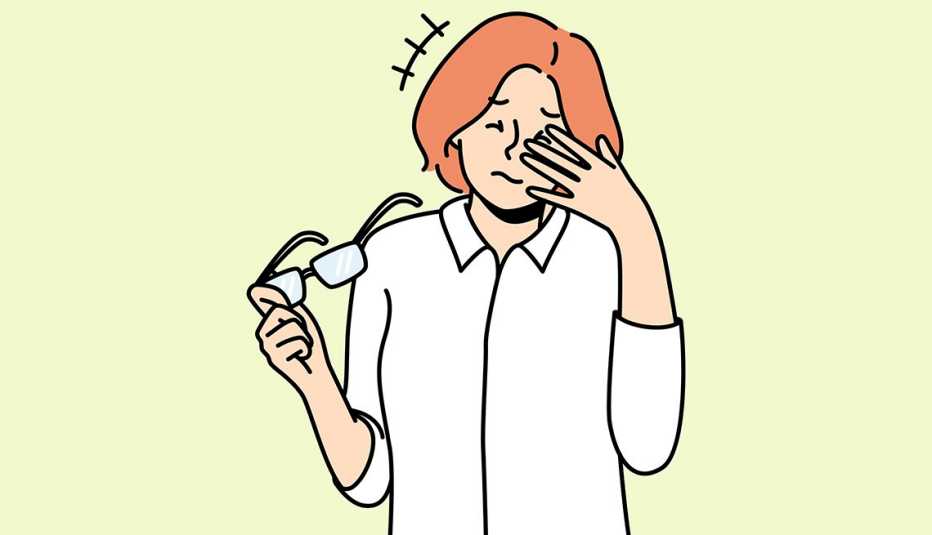AARP Hearing Center
Weakness or numbness in one arm, slurred speech, facial drooping on one side — these unmistakable signs serve as a clear warning that something is terribly wrong. Even experiencing just one of these symptoms could be a sign that you have a blood clot in the brain.
Understanding the gravity of these symptoms is crucial. Here’s what you need to know.
What is a blood clot in the brain?
“A blood clot in the brain is a serious condition that can cause stroke or death by blocking or bursting blood vessels,” says Deepak Gulati, MD, a vascular neurologist and medical director of telestroke services at The Ohio State University Wexner Medical Center. “It is commonly referred to as ischemic stroke, but a blood clot in the brain could also mean a hemorrhagic stroke, which is less common.”
An ischemic stroke, which accounts for around 85 percent of strokes, “happens when a blood clot blocks the blood vessel” resulting in lack of blood flow to the brain, whereas during a hemorrhagic stroke, a blood vessel ruptures and leads to accumulation of blood inside the brain,” adds Gulati.
“The word ‘ischemic’ means lack of blood flow,” says Jayne Zhang, MD, assistant professor of neurology at Johns Hopkins Medicine. “As you can imagine, if there’s a blood clot blocking flow to the brain, then you have a lack of oxygen, and that part of the brain dies. That’s when you end up with a stroke.”
There are two types of ischemic stroke: Cerebral thrombosis happens when a blood clot forms in one of the arteries supplying blood to the brain. The other kind, a cerebral embolism, is caused by a clot that forms elsewhere in the body, usually in the heart or neck arteries, and travels to a blood vessel within or leading to the brain.
Either way, the brain is deprived of what it needs to function.
Signs and symptoms
“Many blood clots send advance warning. Chest pain or shortness of breath can be symptoms of a blood clot in your lungs or heart; leg pain, swollen legs or a change in skin color may be symptoms of a deep vein blood clot,” says Zhang. Conversely, when there is a blood clot in the brain, patients usually develop sudden onset neurological deficits, she says.






































































